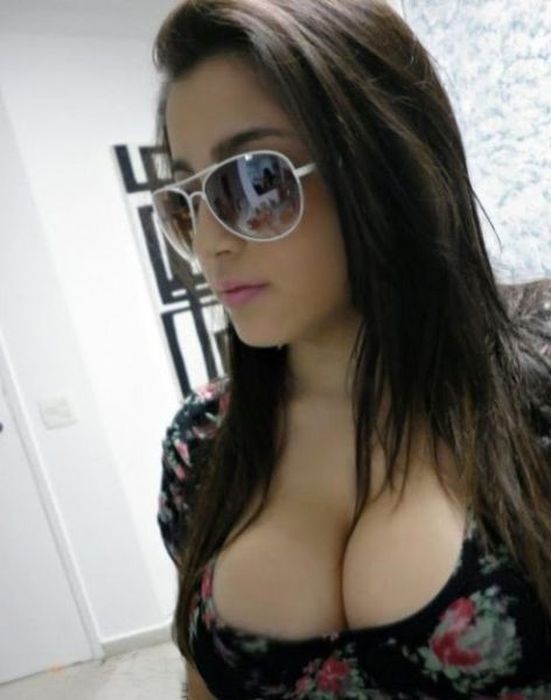|
|
Young Teen College Girl Portrait
|
With new media came a chance to create different kinds of self-portraits besides simply static painting or photographs. Many people, especially teens, use social networking sites to form their own personal identity on the internet. Still others use blogs or create personal web pages to create a space for self-expression and self-portraiture.
• Mirrors and poses
The self-portrait supposes in theory the use of a mirror; glass mirrors became available in Europe in the 15th century. The first mirrors used were convex, introducing deformations that the artist sometimes preserved. A painting by Parmigianino in 1524 Self-portrait in a mirror, demonstrates the phenomenon. Mirrors permit surprising compositions like the Triple self-portrait by Johannes Gumpp (1646), or more recently that of Salvador Dalí shown from the back painting his wife, Gala (1972–73). This use of the mirror often results in right-handed painters representing themselves as left-handed (and vice versa). Usually the face painted is therefore a mirror image of that the rest of the world saw, unless two mirrors were used. Most of Rembrandt's self-portraits before 1660 show only one hand - the painting hand is left unpainted. He appears to have bought a larger mirror in about 1652, after which his self-portraits become larger. In 1658 a large mirror in a wood frame broke whilst being transported to his house; nonetheless, in this year he completed his Frick self-portrait, his largest.
The size of single-sheet mirrors was restricted until technical advances made in France in 1688 by Bernard Perrot. They also remained very fragile, and large ones were much more expensive pro-rata than small ones - the breakages were recut into small pieces. About 80 cms, or two and a half feet, seems to have been the maximum size until then - roughly the size of the palace mirror in Las Meninas (the convex mirror in the Arnolfini Portrait is considered by historians impractically large, one of Van Eyck's many cunning distortions of scale). Largely for this reason, most early self-portraits show painters at no more than half-length.
|
|









